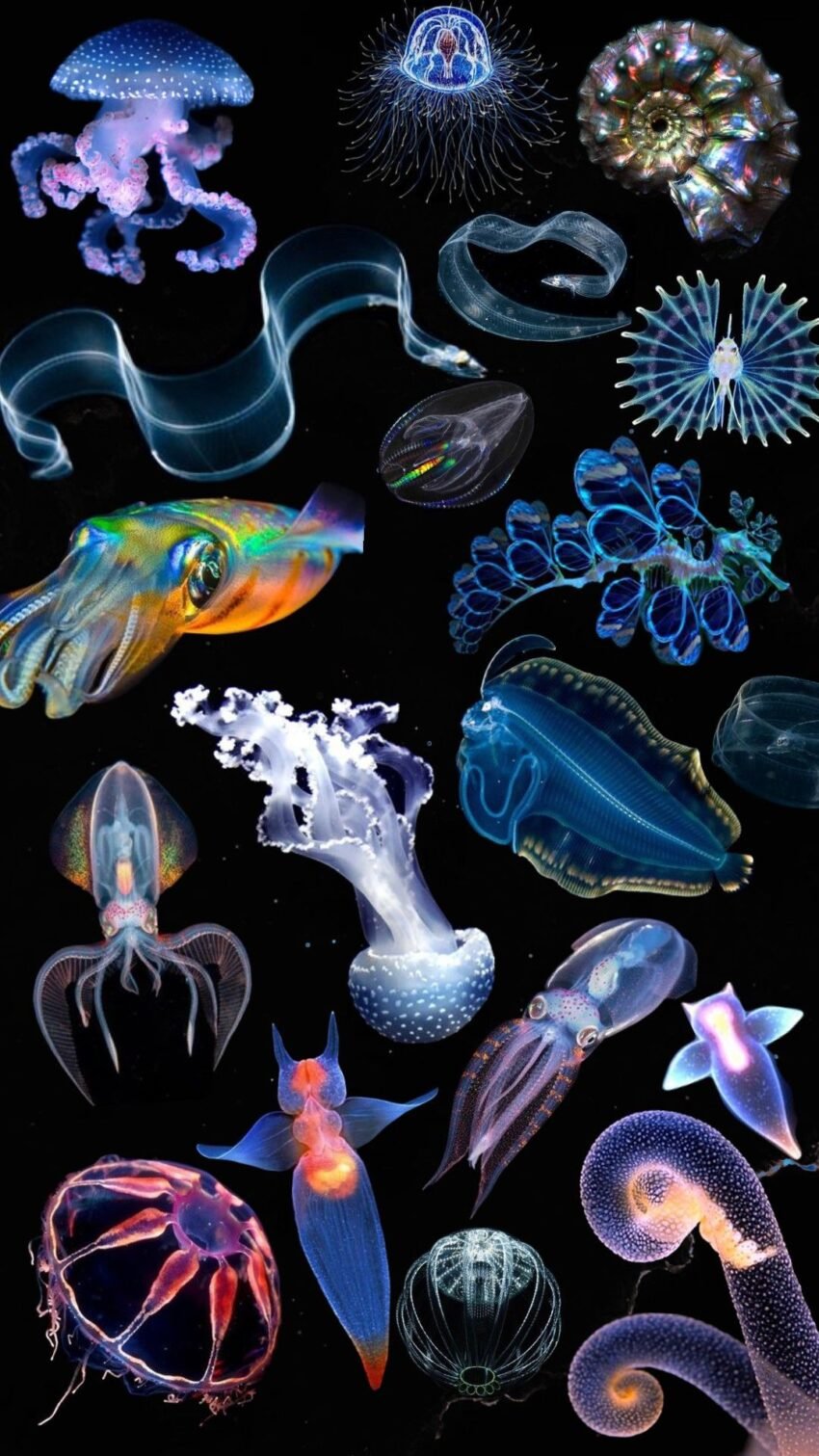The Mysterious Depths of the Ocean
The ocean is the final frontier of Earth exploration. While space captivates our imagination, the deep sea holds equally astonishing mysteries, with over 80% of the world’s oceans still unexplored. Now, a team of marine scientists has uncovered an array of previously unknown deep-sea creatures, many with bizarre forms, glowing bodies, and features that challenge our understanding of life itself. This remarkable discovery highlights both the diversity and fragility of one of Earth’s most extreme ecosystems.
The Expedition: Journey into the Abyss
The groundbreaking discoveries came from a recent month-long deep-sea expedition led by an international team of researchers aboard a state-of-the-art research vessel. The mission, funded by a collaboration of oceanographic institutes, set out to explore the hadal zone—depths greater than 6,000 meters—off the coast of the Pacific Ocean.
Using remote-operated vehicles (ROVs), high-resolution sonar, and robotic submarines equipped with 4K cameras and scientific instruments, the team descended to depths previously unvisited by humans. What they found was astonishing: a vibrant world teeming with life—much of it never before seen by science.
Bizarre and Beautiful: New Species Revealed
Among the newly discovered creatures are translucent jelly-like animals, glowing crustaceans, faceless fish, and soft-bodied worms with iridescent colors. One of the most stunning finds is a type of “ghost octopus”, a pale, almost translucent cephalopod that appears to hover gently over the seafloor like a floating silk handkerchief.
Another remarkable discovery includes a bioluminescent eel-like creature with no visible eyes, navigating by sensing vibrations and chemical signals in its environment. Its body emits pulsating light from specialized photophores, likely used for communication or camouflage.
These new species are evolutionary marvels, adapted to survive in total darkness, freezing temperatures, and crushing pressure thousands of times greater than at sea level.
Why These Discoveries Matter
The deep sea is often out of sight and out of mind, but it plays a critical role in regulating Earth’s climate and supporting marine ecosystems. Deep-sea organisms help recycle nutrients, store carbon, and maintain the ocean’s health. Each new species discovered adds valuable data to our understanding of biodiversity, evolution, and how life can survive in extreme conditions.
Many of these creatures have unique biological adaptations—such as enzymes that remain stable at high pressure and low temperatures—that have potential uses in biotechnology, medicine, and even space research.
Adapting to a Harsh Environment
Life in the deep sea is incredibly different from life near the surface. Without sunlight, organisms rely on chemosynthesis—a process where bacteria convert chemicals from hydrothermal vents into energy, forming the base of the food chain.
Some newly discovered species were found near hydrothermal vents—fissures in the seafloor where superheated, mineral-rich water is expelled from Earth’s crust. Around these vents, researchers found tube worms, shrimp with no eyes, and microbes that thrive in temperatures over 400°C. It’s an alien-like ecosystem that continues to redefine what we know about life on Earth.
The Importance of Deep-Sea Exploration
These discoveries reaffirm how much we still don’t know about our own planet. While satellites can map the surface of Mars in incredible detail, only a fraction of the ocean floor has been properly mapped. Every dive into the deep sea has the potential to yield groundbreaking findings—not just of new species, but also clues about the Earth’s geology, tectonic movements, and climate history.
Exploration of the ocean’s depths also helps predict natural hazards like undersea earthquakes and tsunamis. Studying ecosystems that have remained untouched for millennia gives scientists a baseline to understand how climate change and human activity are affecting the planet.
The Threat of Human Impact
Despite being so remote, the deep ocean is not safe from human influence. Plastic pollution, chemical dumping, climate change, and deep-sea mining are increasingly threatening these fragile ecosystems. Scientists warn that we may lose undiscovered species before we even know they exist.
The newly found creatures serve as a stark reminder of what’s at stake. Many deep-sea species are slow-growing, have long lifespans, and reproduce infrequently—making them particularly vulnerable to disturbances. Mining the seabed for precious metals can devastate entire habitats that took millions of years to form.
The Role of Technology in Discovery
The success of this expedition is thanks to advanced underwater technology. ROVs equipped with robotic arms collected samples with precision, avoiding unnecessary harm to the environment. Artificial intelligence was used onboard to analyze video footage in real time, identifying unusual patterns that led to the discovery of new species.
3D mapping tools also allowed the team to visualize the terrain in stunning detail, revealing hidden canyons, seamounts, and previously unknown vent systems. As technology continues to evolve, our ability to explore the deep sea will only improve—opening the door to more incredible discoveries.
International Collaboration and Ocean Stewardship
Deep-sea exploration is a truly global effort. The recent discoveries were made possible through the cooperation of scientists, governments, non-profits, and private institutions. Sharing data and resources across borders ensures that findings benefit all of humanity.
However, collaboration must extend to protecting these areas. There is a growing call for the creation of international marine protected zones in deep-sea regions. Such zones would safeguard biodiversity, regulate exploitation, and preserve ecosystems for future generations.
Deep-Sea Discoveries and Public Fascination
Since the announcement of the new species, videos and images have gone viral across social media. Viewers are amazed by the alien-like beauty of these creatures and fascinated by how little we still know about our oceans.
Documentaries, educational platforms, and science communicators are leveraging these discoveries to spark interest in ocean science. The deep sea has a natural allure—mysterious, remote, and filled with strange lifeforms that capture the imagination.
What Lies Ahead?
The discoveries made during this expedition represent just the tip of the iceberg. Marine biologists believe that thousands—possibly millions—of deep-sea species remain undiscovered. The ocean floor, especially in trench regions like the Mariana Trench and the South Sandwich Trench, remains largely uncharted.
Future missions aim to go deeper, stay longer, and gather more comprehensive data. Citizen scientists, AI-assisted surveys, and undersea observatories are expected to accelerate our understanding in the coming years.
Final Thoughts: A Window into an Unknown World
The discovery of new deep-sea creatures is not just a scientific milestone—it’s a profound reminder of how vast, mysterious, and precious our planet is. While the ocean’s surface may seem calm and familiar, its depths hide an alien world brimming with life, evolution, and complexity.
As scientists continue to unlock the secrets of the deep, we must ensure that these discoveries lead not just to knowledge, but to action. Protecting the ocean means protecting life itself—both known and yet to be discovered.


